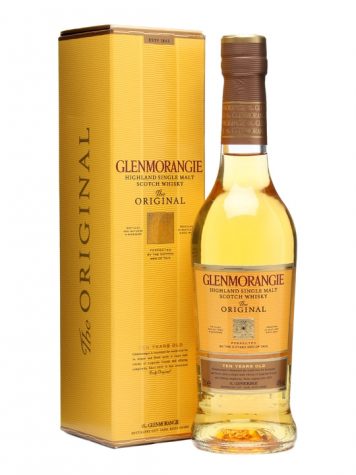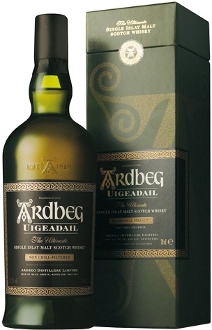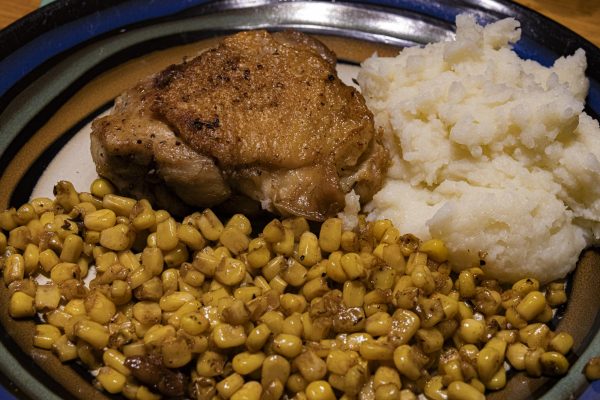I Love Scotch, Scotchy Scotch Scotch
Scotch whisky, or scotch, carries a stigma as the epitome of refined manliness. People think that the taste is too complex or the tasting notes are too confusing. These things can be true, depending on what product you purchase. The following is a guide to the wonderful wide world of scotchy-scotch-scotch.
First and foremost, Scotch whisky is different from other whiskies. All Scotch is whisky, but not all whiskey is scotch. Much like authentic Bourbon is from Bourbon County, Kentucky, and authentic Champagne is from Champagne, France, the product is location based.
When selecting scotch or any whisky, a good thing to look out for is whether it’s a single malt or blended. Single malt Scotch whisky means that the scotch you are getting has come from one distillery, from barrels that were aged at the same time. As opposed to mix blends which are scotches from different distilleries or from barrels that were aged at different times. Each technique displays different flavors and renders different tastes.
Another aspect that can change the impression of the scotch is the barrel that it matured in and for how long. The standard barrel for scotch is white oak wood. This gives the whisky a warm and woody finish that its drinkers are familiar with. To enhance or add more notes to the scotch’s finishing taste, distilleries transplant the spirit from a standard white oak barrel to one that was used for wine or other whiskies. This way it takes on the flavor of the residue left from the previous liquor.
For example, scotch finished in a sherry or port cask will most likely be enhanced with a sweet fruit finish. Scotch finished in a Bourbon cask will have a sharper, prolonged finish.
Within the regions of Scotland are places where different whiskies are made. As seen below, there are many regions, but the most popular ones are from the Highlands, the Lowlands and Islay. These produce the majority of the scotch on the market and each regions brings a different element of the craft to the table.

- A geographical map of Scotland’s major whisky regions.
A factor on how the region affects the taste is in the water and in the earth. Most distilleries are built near rivers to provide a constant supply of water. The local waters of each region contain a distinct mineral content that affects the final product in various ways.

- The Ardbeg distillery, built by the water, in the Islay region of Scotland.
The earth acts the same way, but the earth mentioned in this case is called peat. Peat is moss-like vegetation that has decayed over thousands of years and resides within the ground. Some distilleries burn this peat under the barley grain to give it an earthy, or in some cases, smoky flavor. So if you’re ever asked, “Do you like your scotch peaty?” you’re being asked if you like it earthy.

- Bales of peat dug from the ground, ready to be burned under barley grain.
Highland scotch is the most popular kind of scotch, mainly because it’s the biggest region and makes the sweetest, mellowest of whiskies. Highlands are typically not peaty. Of course, peaty ones are available. Not all Highlands taste the same, but it’s common for whisky found in this particular region to have floral and light flavor notes. A good Highland whisky will start off sweet, rest in your palate with a bright floral taste and calmly vanish with a light finish.
A good scotch that explores the avenues of the classic Highlands experience is the Glenmorangie Original.

- A bottle of Glenmorangie resting alongside its boxed casing.
A Lowland scotch is much different on the palate. Lowlands are typically a darker spirit that carries a heavier flavor. This region is known for its bold earthy taste that marries perfectly with subtle sweeter notes like vanilla. With a Lowland, you’ll find it dark yet rich. As the flavor rests on your palate, strong notes of barley will introduce itself. The finish is very long; this type of scotch tends to hang around for a bit as a honeyed amber feel leaves your palate.
A prime example of a what the Lowland region has to offer is the Auchentoshan 12 Year Old Scotch whisky.

- Resting on a table, a bottle of 12-year-old Auchentoshan Lowland whisky.
Islay scotches have been described as having a sharper taste than its sister regions but not in an unpleasing way. They are also notorious for their peat and smoke. The soil of the Islay region is so heavily saturated in peat that it turns up in the liquor in a very obvious way. People who experience this claim that it’s almost spicy. Just the smell itself can be off-putting for some, but for others, it’s an invitation. The first thing you’ll taste is the smoke; a sweet char accompanied by a caramel flavor will begin to appear. As you finish, the essence honey takes hold along with a lingering peaty smoke. For an outstanding representation of the Islay region, The Ardbeg Uigeadail scotch shines above in this department.

- A full bottle of Ardbeg Scotch whisky on display, accompanied by its colorfully decorated box.
The art of appreciating scotch doesn’t have to be complicated. It’s all about knowing what you like and trying different things. There is so much to this subculture of liquor that anyone who jumps in is bound to find their niche. Oh, and of course, please drink responsibly.

A veteran to the Arapahoe Pinnacle, editor Dylan Boxer is known for his quick wit and lightheartedness within the publication. When his not writing you can usually find him outside on his long-board or inside working on his next cosplay....













